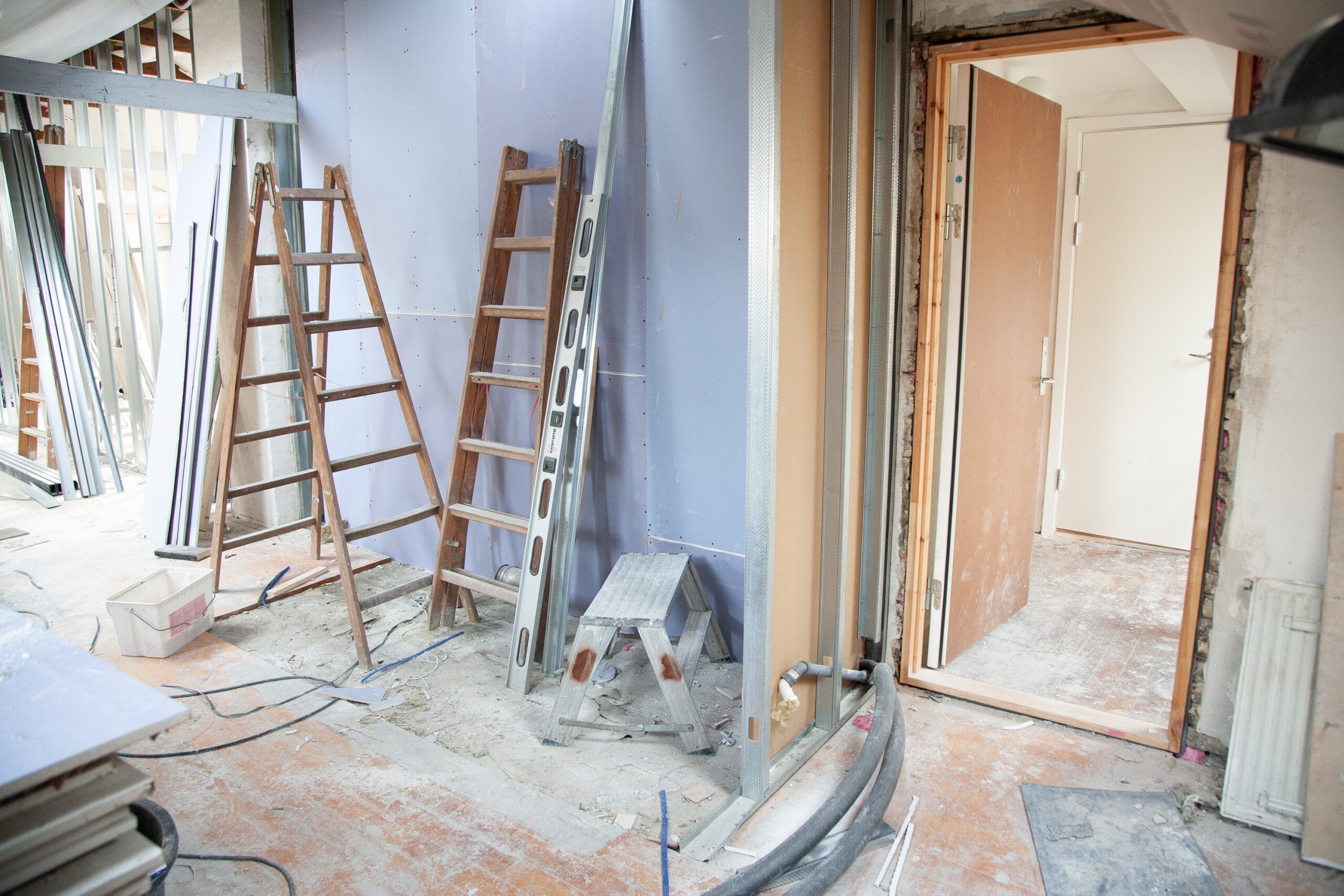What to Do if You’re Considering an Adjustable-Rate Mortgage

If you’re considering an adjustable-rate mortgage (ARM), it’s important to understand how they work and what the risks are. Unlike a fixed-rate mortgage, where the interest rate stays the same for the life of the loan, an ARM has an interest rate that changes periodically. The initial interest rate is usually lower than a fixed-rate mortgage, but it can go up – sometimes by a lot – eventually.
There are a number of things to consider before you decide whether an ARM makes sense for you. In this article, we’re going to examine the pros and cons of ARM home loans, how they work, and when they might be a good option for borrowers.
Why is it Called an Adjustable-Rate?
The first thing to understand about an ARM is that there are two interest rates: the initial rate and the fully-indexed rate. The initial rate is usually lower than the fully-indexed rate, but it only lasts for a set period of time – typically 3, 5, 7, or 10 years. At the end of the initial rate period, the interest rate adjusts (or resets) to the fully-indexed rate. The fully-indexed rate is based on a number of factors, including an index plus a margin.
An index is a benchmark interest rate that doesn’t change very much. The most common index is the London Interbank Offered Rate (LIBOR). The margin is a set percentage rate that the lender adds to the index. For example, if the LIBOR is 2.5% and the margin is 2.0%, then the fully-indexed rate would be 4.5%.
The interest rate on an ARM can change periodically, but it can only go up to the maximum interest rate (called a ) that’s spelled out in the loan contract. There are also limits on how much the interest rate can adjust at each reset date and over the life of the loan. And, in some cases, there may be a floor – meaning that the interest rate can’t go below a certain level, even if the index plummets.
What’s the Difference Between a 3/1 ARM and a 5/1 ARM?
The numbers in an ARM loan program refer to the length of the initial rate period (3 years, 5 years, 7 years, 10 years) and how often the interest rate can adjust after the initial rate period (1 time, annually, every 6 months). For example, a “5/1 ARM” has a 5-year initial rate period and adjusts once per year thereafter. A “7/1 ARM” has a 7-year initial rate period and adjusts once per year thereafter, and so on.
Pros and Cons of an Adjustable-Rate Mortgage
There are a number of advantages to an adjustable-rate mortgage. The most obvious is that the initial interest rate is lower than a fixed-rate mortgage. This can save you money in the short term, especially if you only plan on owning the home for a few years.
And, even after the interest rate adjusts, it may still be lower than a fixed-rate mortgage. This is because fixed-rate mortgages usually have higher interest rates than ARMs, to begin with.
Another advantage of an ARM is that you may qualify for a larger loan amount than you would with a fixed-rate mortgage. This is because lenders are generally more willing to take on the risk of a higher loan amount with an ARM than a fixed-rate mortgage.
However, there are also some disadvantages to adjustable-rate mortgages that you should be aware of. The most obvious is that your interest rate – and therefore your monthly payment – can go up over time. This means you could potentially end up paying more for your home than you would with a fixed-rate mortgage.
Another disadvantage is that your monthly payments may fluctuate if the interest rate adjusts frequently. This can make budgeting difficult and may cause some financial hardship if the payments increase significantly.
Finally, adjustable-rate mortgages typically have shorter terms than fixed-rate mortgages. This means you’ll have to refinance sooner and may end up paying more in interest over the life of the loan.
Why Would Someone Choose an Adjustable-Rate Mortgage?
With all of the potential risks involved, why would anyone choose an adjustable-rate mortgage? There are a few reasons.
The most obvious is that you can get a lower interest rate – at least for the initial rate period. This can save you money in the short term and may help you qualify for a larger loan amount.
Another reason is that you may only plan on owning the home for a few years. In this case, an ARM may be a good option since you won’t have to worry about the interest rate increase over the life of the loan.
And, finally, some people are simply willing to take on the risk of an adjustable-rate mortgage in exchange for the potential rewards. This is a personal decision that you’ll have to make based on your own financial situation. Just be sure to always shop around to find the best rates.
Will You Qualify for an Adjustable-Rate Mortgage?
Now that you know a little bit more about adjustable-rate mortgages, you may be wondering if you’ll qualify for one. The good news is that the qualifications are generally the same as for a fixed-rate mortgage.
You’ll need a good credit score and a steady income to qualify for an ARM. You’ll also need a down payment of at least 5% – although 20% is ideal.
If you’re not sure if you’ll qualify, the best thing to do is speak with a lender. They can help you determine what kind of mortgage – fixed or adjustable-rate – is best for your situation.
Is an ARM Mortgage a Good Idea in 2022?
In the past, adjustable-rate mortgages have gotten a bit of a bad rap due to their involvement with the 2008 financial crisis. When the economy dipped, those with ARMs ended up defaulting on their loans at a higher rate than those with fixed-rate mortgages. This led to stricter regulations on ARMs – and made many people hesitant to choose one.
However, the fact is that adjustable-rate mortgages can still be a good option in certain situations. They offer the potential for lower interest rates and larger loan amounts – which can save you money in the long run.
Of course, there are also some risks involved. Your interest rate could increase over time – which could end up costing you more money. And, your monthly payments may fluctuate if the interest rate adjusts frequently.
Before choosing an adjustable-rate mortgage, it’s important to weigh the potential risks and rewards. This will help you decide if an ARM is right for you.
If you’re considering an adjustable-rate mortgage in 2022, the best thing to do is speak with a lender. They can help you understand the pros and cons of this type of loan and determine if it’s a good fit for your situation.





